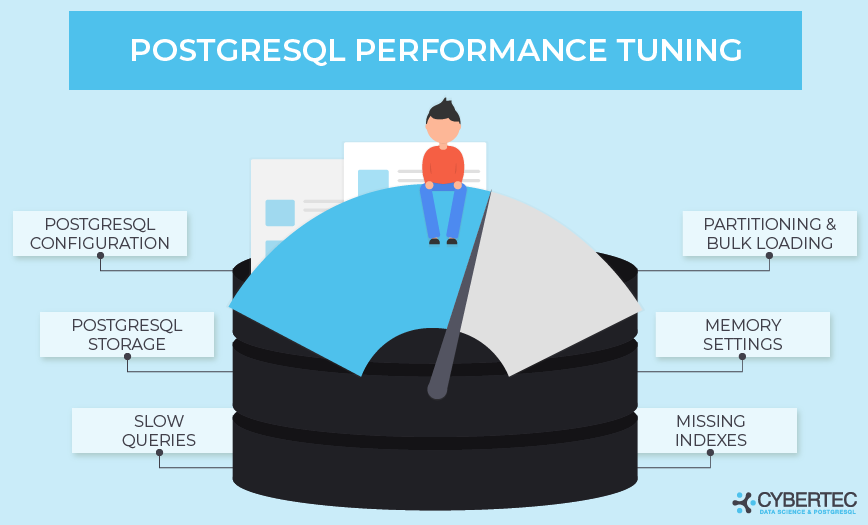Optimizing Your PostgreSQL Database for Improved Performance
PostgreSQL is a powerful, open-source relational database system that is highly customizable and extensible. If you’re looking to optimize your PostgreSQL database for better performance, you’ve come to the right place. In this article, we’ll discuss some best practices and techniques to help you get the most out of your PostgreSQL database.
1. Regular Database Maintenance
One of the key factors in optimizing your PostgreSQL database is regular maintenance. This includes tasks such as vacuuming, analyzing, and monitoring your database for any performance issues. Vacuuming helps reclaim space and prevent bloat, while analyzing helps PostgreSQL to make better decisions on query optimization.
2. Index Optimization
Indexes are crucial for efficient query performance in PostgreSQL. Make sure to create indexes on columns that are frequently queried and used in WHERE clauses. However, avoid over-indexing as it can slow down write operations. Regularly monitor and analyze your indexes to ensure they are being used efficiently.
3. Query Optimization
Optimizing your queries is another important aspect of improving PostgreSQL performance. Use EXPLAIN to analyze query plans and identify any inefficiencies. Consider rewriting queries to use JOINs instead of subqueries, and limit the amount of data retrieved by using appropriate filters and conditions.
4. Configuration Tuning
PostgreSQL has many configuration parameters that can be tuned to improve performance. Adjusting parameters such as shared_buffers, work_mem, and max_connections can have a significant impact on overall performance. Experiment with different values and monitor the effects on your database.
5. Hardware Considerations
Optimizing your hardware setup can also greatly improve PostgreSQL performance. Ensure that your server has enough RAM to cache frequently accessed data and that your storage system can handle the I/O requirements of your database workload. Consider using SSDs for faster read and write operations.
6. Regular Backups and Disaster Recovery
Lastly, don’t forget about backups and disaster recovery. Regularly backup your PostgreSQL database to prevent data loss in case of hardware failure or other catastrophes. Test your backup and recovery procedures to ensure they are working properly when you need them the most.
Conclusion
Optimizing your PostgreSQL database for improved performance requires a combination of regular maintenance, index optimization, query optimization, configuration tuning, hardware considerations, and disaster recovery planning. By following these best practices and techniques, you can ensure that your PostgreSQL database runs efficiently and effectively for your business needs.
